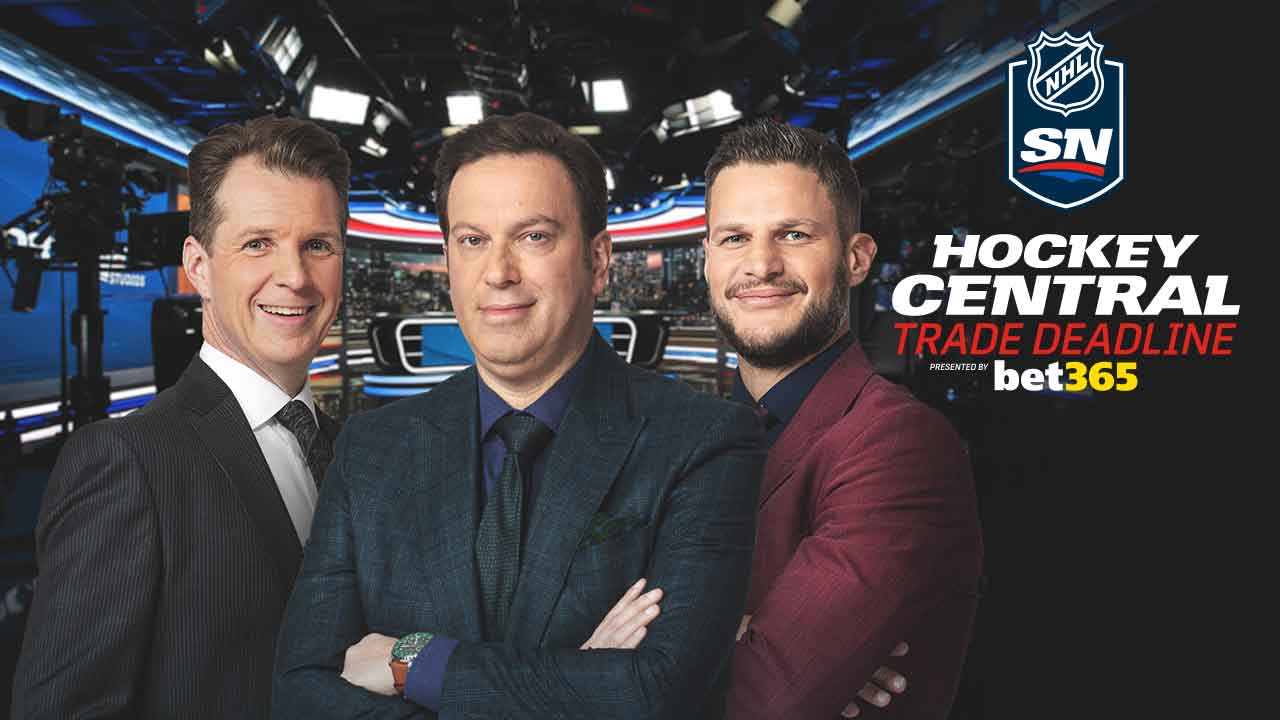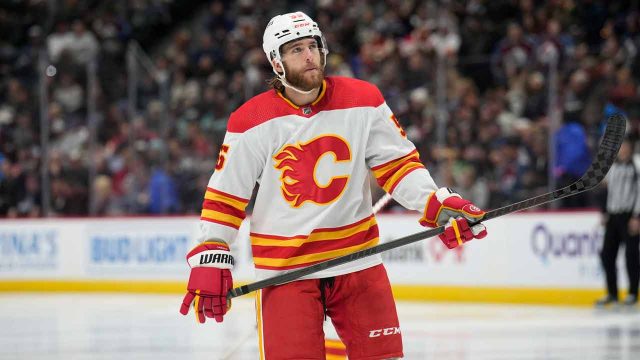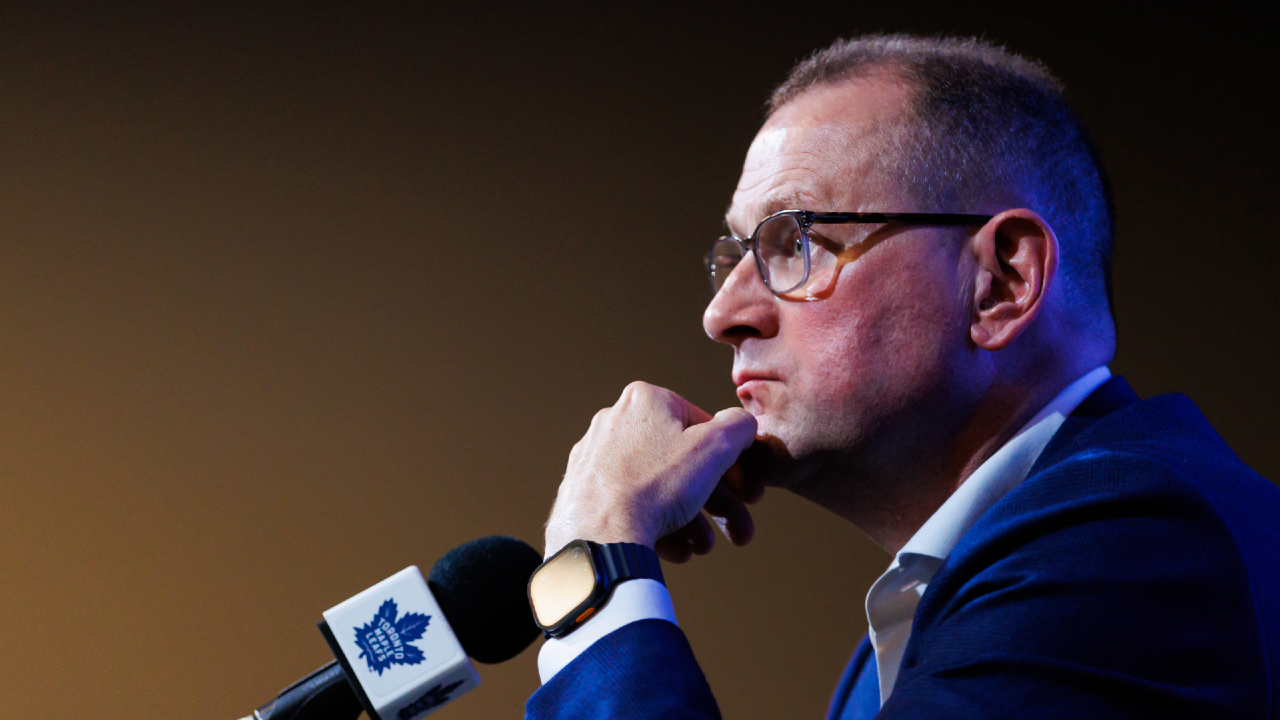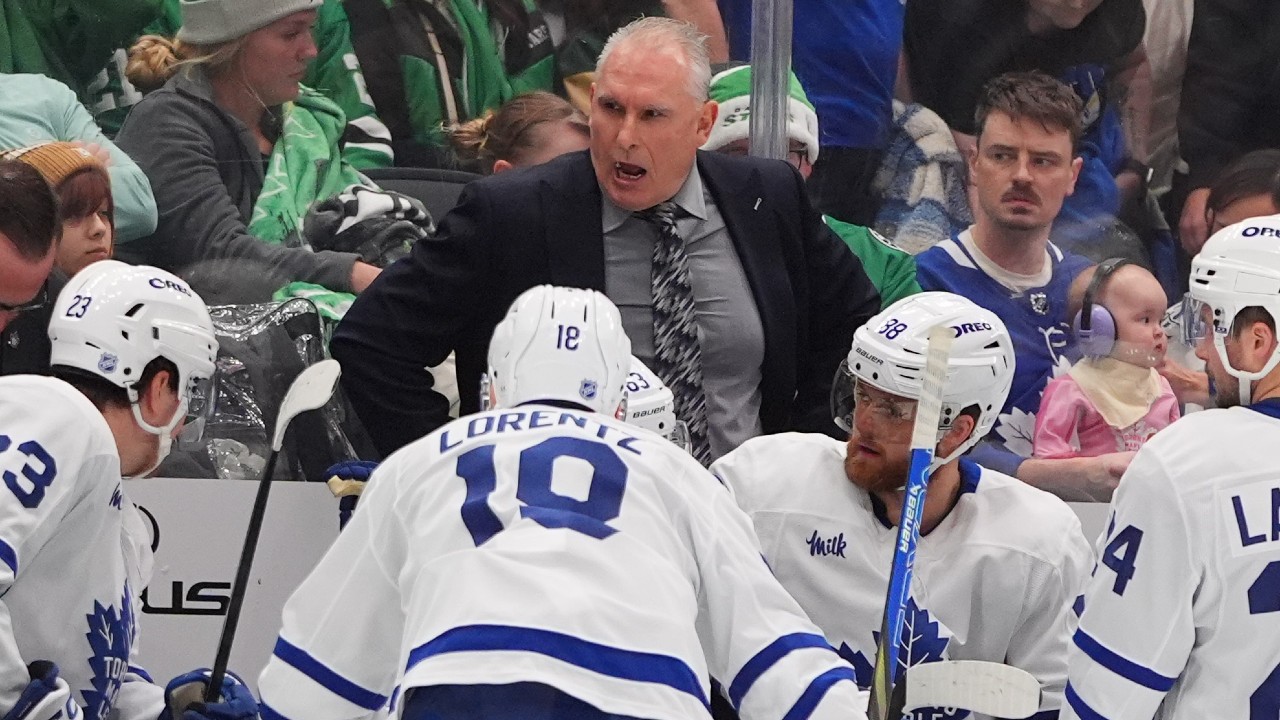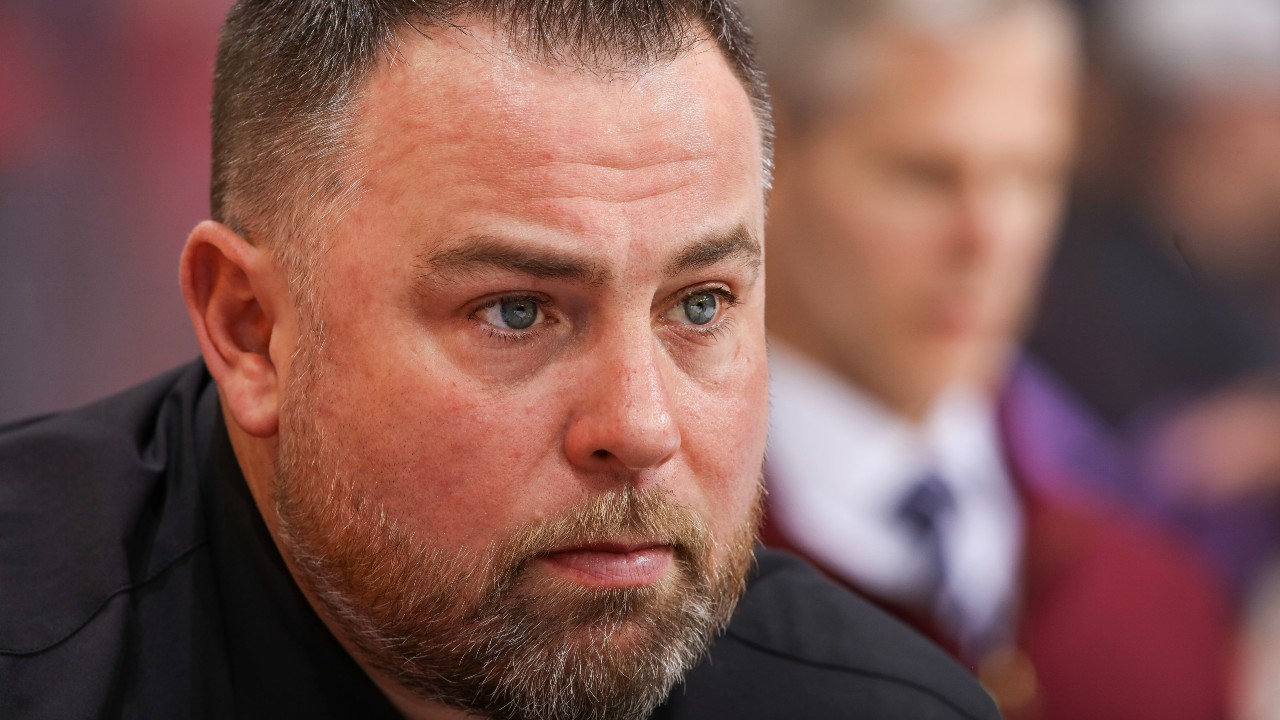
There’s an old bit of (wonderful) Eddie Murphy stand-up where he jokes about being a kid and wanting McDonald’s, his Mom explaining they have hamburger meat at home, and her making some green-pepper-filled Wonder Bread-version of the burger that, while technically similar, is not quite what he was hoping for.
Anyway, after right-shooting shot-blocking D-man Chris Tanev got traded to the Dallas Stars, the Toronto Maple Leafs traded for right-shooting shot-blocking D-man Ilya Lyubushkin.
It’s technically what they wanted, but yeah … maybe not exactly what they had in mind?
My understanding is that post-Tanev, the Leafs biggest concern wasn’t just how thin the market was for the type of player they were looking for, but also how many teams were coveting players like that, and so there was some fear of missing out on a solution entirely. While I’ve been banging the drum for a name like Will Borgen, the Seattle Kraken won on Thursday, and fringe playoff teams (who hope to be better next year) rarely trade good young players, if ever. If you wait too long for the best-case-scenario version of what you need, you may end up not eating McDonald’s or even knock-off McDonald’s, but rather, going hungry.
The good news is, that by trading a future third (2025) and this year’s sixth rounder, they go so much salary retention on an already cheap player that if the opportunity comes to splurge, they can still afford to fit more money in with just a little creativity.
So about that splurging. Is it going to happen? Just one week from deadline day, what does the Lyubushkin addition tell us about the Leafs’ next steps?
There will indeed be a push
The Leafs’ success the past couple weeks made this a no-brainer, but a move a week out hints at a team that recognizes it has multiple deficiencies and wants to patch as many holes as possible. It feels very likely, at this point, that the Leafs are still two new bodies away from being done their roster tweak. And I’m not including the return of Calle Jarnkrok there.
With the addition of Lyubushkin…
They can go bigger up front
Were the Leafs not able to add anyone else on D, it wouldn’t be great, but you can at least see a passable six-man group. And so one of the ways to find value at the deadline is to leave the pond where 10 teams are fishing for a limited amount of fish and go elsewhere.
If the Leafs were to change their focus to fixing up their forward group, at least there are genuine solutions out there. Adam Henrique as a 2C would instantly change the look of the group, and there are bigger names yet. Pavel Buchnevich is a point-per-game winger the past three years in St. Louis, he’s big, just 28, and on a reasonable deal this year and next.
If nothing else, there are far more forwards who you’d look at and say “that would actually really help the Leafs.”
And if you do that, you’re looking at…
Using the 2017 Penguins as their model
That playoff year the Penguins rolled out a D-corps of Justin Schultz, Ian Cole, Ron Hainsey, Olli Maatta, Brian Dumoulin and Trevor Daley, and won the Stanley Cup with a lot of high flips out of the zone with their stacked forward groupskating onto pucks.
As I’ve written about before, this year is anybody’s year, and no team is without their flaws. If the Leafs have a back-end content to play simple hockey (as the add of Lyubushkin and rise of a guy like Simon Benoit would indicate), they could hand the burden of success off to their forward group, who’s loaded enough to win a few hockey games on their own.
The way they’re constructed, that burden was always going to be the forwards to carry. This makes that direction more clear.
But it also points to the fact that…
They’re going to need Timothy Liljegren
I’ve written about Liljegren prior to each of the Leafs last two playoff runs and both times said “I don’t see where this guy makes sense in their lineup,” which was followed by him playing two of seven, then five of 11 playoff games. This season, I am not saying that. They need him, and need him to play well. In fact, him being impactful is one of the few “If this thing goes right” areas where the Leafs could pleasantly surprise in the post-season.
Prior to this most recent injury, Liljegren had been flashing that form that has made the Leafs believe in his skill set, skating the puck out of trouble in the D-zone, making good exit passes, and keeping things simple defensively. There’s a version of Liljegren who can move the needle (now, the opposite exists here too, but it does for most players).
Liljegren is now one of two right-shot D they can use (not counting Conor Timmins, who, unfortunately, has not played enough this year to be a post-season option), so he’s not only not getting traded, he’s not coming out of the lineup in playoffs barring another legitimate addition to the back-end. His performance will be crucial for them to take advantage of some of the softer matchups at the bottom of whatever roster they face.
And finally,
Outside the crease, the whole thing hinges on Morgan Rielly
I’ll note it though it barely needs mention: if they don’t get goaltending, they won’t win in the playoffs. But you can say the same for literally any team, so let’s get back to the skaters.
This whole operation hinges on Playoff Rielly once again being Playoff Rielly. It’s tough to see a big-name D-man being added now, and so he’ll once again be asked to play 25 minutes a night, carry a non-top-pair partner, and he’ll be involved in all the late-game big-minute moments both ways. He’ll need to be their rock.
The Leafs’ addition of Lyubushkin makes sense for a variety of “fit” reasons. But with it, it looks like any additions to the D-corps will be just supplementary, and any big-name add to come would likely be up front. Right or wrong, that’s what was available to Brad Treliving and really, the rest of the NHL this season.


